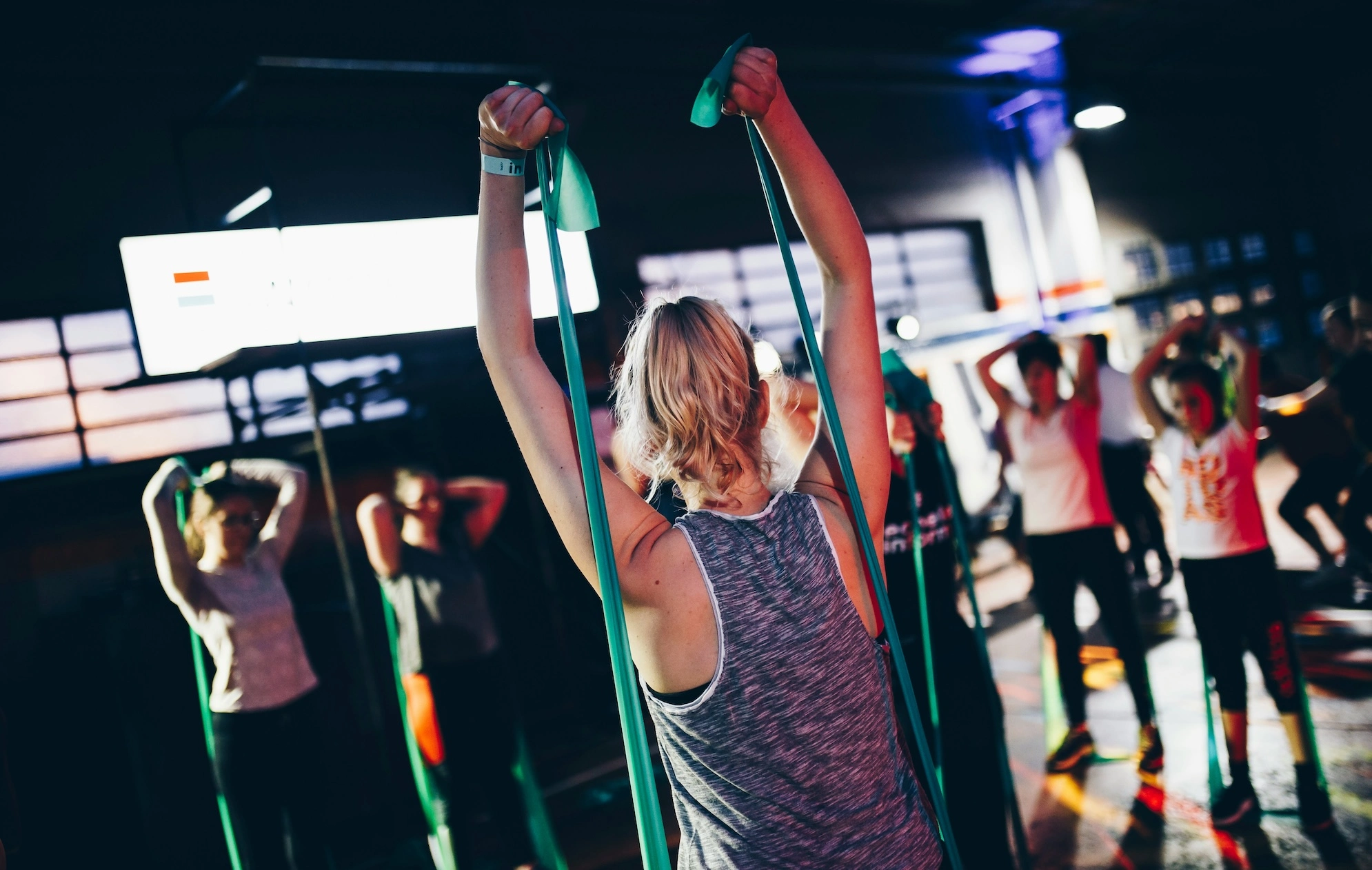When it comes to fitness trends, there’s plenty of advice to sort through out there to help see you through your journey. Unfortunately, it can be hard to tell which information is legitimate and what’s not worth your time. The 30-30-30 rule is getting plenty of buzz on TikTok, raising a lot of questions about whether there’s something to this.
The 30-30-30 rule first popped up in Timothy Ferriss’s bestselling book “The 4-Hour Body.” But this method really took off after biologist Gary Brecka started promoting it on TikTok.
According to Brecka, following the 30-30-30 rule (sometimes referred to as the 30-30-30 method) can help you manage your blood sugar, lose weight, and have more energy than other eating plans.
Of course, it’s understandable to be wary of anything promoted on TikTok, especially when it comes to health and fitness advice. But nutritionists say there’s something to this method. Here’s what the 30-30-30 rule involves, plus risks and benefits to be aware of.
What Is the 30-30-30 Rule?
The 30-30-30 rule is simple. It involves eating 30 grams of protein within the first 30 minutes after you wake up, which is then followed by 30 minutes of exercise.
You can eat whatever else you want with your breakfast, but the 30 grams of protein is key. The exercise part of this plan is very specific: the 30-30-30 rule recommends that you do steady-state cardiovascular exercise, which means low-intensity cardio that raises your heart rate a little but keeps it at or under 135 beats per minute. That includes doing things like cycling, walking, or jogging.
Nutritionists say there’s something to the concept of the 30-30-30 rule. “I love that this rule is encouraging people to get daily exercise and have a significant amount of protein in the morning,” says Christy Brissette, RD, founder of 80 Twenty Nutrition in Laguna Beach, CA.
“Getting protein in the morning is good,” agrees Scott Keatley, RD, co-owner of Keatley Medical Nutrition Therapy. “Your body before exercise is generally able to absorb about 20 grams in a sitting. After exercise, it can increase significantly.”
But to Keatley, the specific recommendations seem a bit arbitrary. Protein and carbs have about the same caloric value, he says. “Why not have 15 grams of both 15 minutes after waking up and exercising for 15 minutes?” Brissette agrees that the specifics around timing “don’t make sense.”
What Are the Benefits of 30-30-30?
Despite the arbitrary recommendations, there are “solid benefits” to following this eating plan, says Karen Ansel, RDN, author of “Healthy in a Hurry: Simple, Wholesome Recipes For Every Meal of the Day.”
“Most of us skimp on protein at breakfast, so the plan can be a helpful way to squeeze in protein earlier in the day, which can help with [feeling full],” Ansel says. “And who can’t benefit from some exercise first thing in the morning?”
Protein helps with feelings of fullness, but it generally is best when you combine it with fat and carbohydrates as well, Keatley says. “You will have a pool of amino acids — what protein breaks down into — available when you’re done working out, which can help build muscle and increase your metabolic rate,” he says.
The current international recommended dietary allowance (RDA) for protein is 0.8 grams per kilogram of body weight, regardless of age. That means that a 150-pound adult should aim to get about 55.5 grams of protein a day. With the 30-30-30 rule, you’ll be front-loading your protein intake at the start of your day.
There is some data to support the general idea of the 30-30-30 rule. Research has found that going on a high-protein diet that includes cardiovascular exercise can help people lose weight and improve their blood sugar control, although it doesn’t specify timing of workouts and eating.
But Brissette says it’s helpful to get in good nutrition and movement early in your day. “Many clients come to me with low energy and overeating later in the day because they fast all morning,” she says. “Having breakfast and 30 grams of protein can help them to feel less hungry later in the day and supports more stable energy levels.”
What Are the Risks of 30-30-30?
People’s protein needs vary, and not everyone needs or can absorb 30 grams of protein in one sitting, Keatley says.
Some people can also get a stomachache if they have a lot of protein and then work out right away, Brissette says. “When you eat, your body sends blood to your stomach to help with digestion,” she explains. “If you’re exercising at that time, the blood will move to your working muscles instead, making digestion happen more slowly. This could lead to bloating or stomach pain.”
The 30-30-30 rule also may not be a good fit for people who have to limit protein because of health conditions like chronic kidney disease, Ansel says.
The source of the protein matters, too. “Many high-protein breakfast ingredients, such as cheese and sausage, are heavy in saturated fat, which is problematic for heart health,” Ansel says.
While Keatley says the overall risks of following this eating method are minimal, he points out that it could spiral into disordered eating if people are too rigid about following the rule.
Can the 30-30-30 Rule Help You Lose Weight?
It’s important to say this: your weight is something that’s between you and your doctor, and you should never feel outside pressure to drop pounds beyond personal reasons or health gains. Unfortunately, weight-loss hacks often promise fast results, which is inherently unhealthy. (Nutritionists and doctors generally recommend losing weight at a slow and steady pace for lasting results.)
“The concept of fast weight loss in and of itself is concerning,” Ansel says. “Often, when people are trying to lose weight, those pounds have crept up over the years, so it’s unrealistic to think they will melt right off. That’s not the way the body works, and any kind of severe restriction to try to drop pounds quickly is unlikely to be successful and might even backfire because of rebound hunger and muscle loss.”
Brissette also recommends being wary of TikTok weight-loss tricks. “You need to do what’s best for you and your unique body,” she says. “Many of my clients come to me with damaged metabolisms and are completely confused about food after years of following what diet culture has dictated. We need to learn to work with our bodies rather than trying to ‘trick’ them.”
There are many different healthy eating plans out there, and finding what’s best for your body — and your overall health — is much more important than whether it helps you to lose weight.
Should You Try the 30-30-30 Rule?
If you’re interested in trying the 30-30-30 rule, nutritionists say the risks are relatively low. “If getting up and getting at your day right away works for you, there is little harm in giving it a try,” Keatley says. Brissette agrees. “If you’re someone who thrives with consistency, getting 30 minutes of exercise each morning could be a great routine for you,” she says. Brissette also suggests waiting an hour after eating before you start exercising or doing your morning cardio fasted so you don’t end up with a stomachache. But if weight loss is your primary goal, every body is different, and no plan can guarantee you’ll lose weight. If you have concerns about your health, it’s best to consult your healthcare provider to figure out what’s best for your body.


































